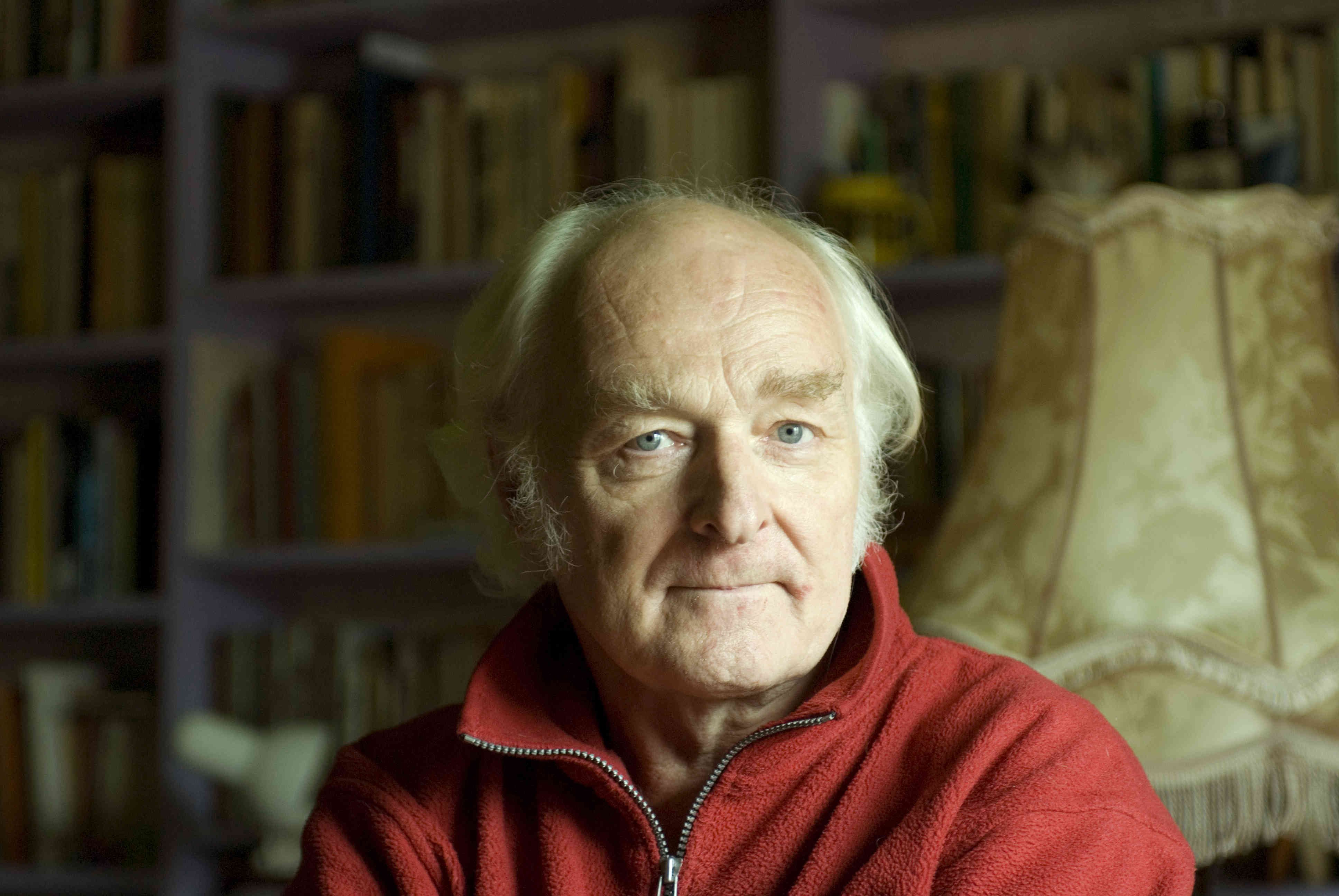
Vaapo Vaher
Vaapo Vaher (27 I 1945 – 17 III 2024) was a critic, researcher of literature, essayist and poet.
Vaher was born in Tallinn. For the first two schoolyears, he attended school in Tallinn. In 1954, the family moved to Hiiumaa Island where Vaher completed Kärdla Secondary School. In his further life, Vaher has lived alternately in Tallinn and Hiiumaa. From 1965–1968, he studied architecture at Tallinn Technical School of Construction and Mechanics but did not finish his studies. Vaher has worked as a cargo handler, carpenter, painter, road construction worker. In 1974–1976, he was senior bibliographer at Hiiumaa Central Library, in 1976–1978, proof-reader of the newspaper Nõukogude Hiiumaa. In the following years, he worked as a journalist in Tallinn, in 1979–1982 as a correspondent of the newspaper Õhtuleht, in 1982–1985 as senior editor of the magazine Pikker, in 1992–1996 as culture editor of the newspaper Eesti Aeg and in 1996–1999 of the magazine Luup. Later he has been a freelance writer. Vaapo Vaher was a member of the Estonian Writers’ Union since 1995; he was also a member of the Estonian Literary Society.
Vaher published hundreds of articles, research papers and essays. In addition to Estonian literature, Vaher was interested in Russian literature and culture in the broader sense. His poetry has been published in the collection Noori autoreid 77 (‘Young Authors 77’), Eesti murdeluuleantoloogia (‘Anthology of Estonian Dialect Poetry’), in the journals Looming and Noorus and in newspapers. He wrote stories and poetry for children, the film script Klaaside taga (‘Behind the Windows’), radio plays, song lyrics for Valter Ojakäär’s operettas Maskeraad Ungrus (‘Masquerade at Ungru’) and Winnetou, vaudevilles in Hiiumaa dialect (composer Arved Haug), etc. Vaher’s poetry has been translated into Russian, English and Belarusian, his essays into Russian, Finnish and German.
In 2019, Vaapo Vaher published a book in two volumes, Hiiumaa kirjanduse lugu (‘History of Literature of Hiiumaa. Essays and Studies’). The book provides information about writers who have had personal relations with Hiiumaa Island, which are reflected in their creation and biographies. Such writers are, for example, Villem Ridala, Aino Kallas, Marie Under, Artur Adson, Ernst Enno, Debora Vaarandi, Juhan Smuul, Jaan Kross, Mats Traat, Paul-Eerik Rummo, Rein Saluri, Tõnu Õnnepalu, and many others.
L. P. (Translated by I. A.)
Books in Estonian
Essays and articles
Surmakuul & seemnepurse. Tallinn: Eesti–Kambodža Sõprusühing & Juku-Kalle Raid, 2002. 528 lk.
Kokaiin Balti jaama turult: miniatuure vene kultuurist. Tallinn: Sirp, 2003. 223 lk.
Imelaps, kellest ei saanud geeniust: esseistlik monograafia Ardi Liivesest. Tallinn: Eesti Keele Sihtasutus, 2007. 463 lk.
Kino on saatan, kes imeb su rinda: vene kino katekismus. Tallinn: Pegasus, 2009. 327 lk.
Jalgpall hingede öös: vutist eesti kultuuriloos. Tallinn: Pegasus, 2010. 256 lk.
Vampiiride tants: esseed ja ütlemised. Tallinn: Eesti Keele Sihtasutus, 2012. 430 lk.
Hiiumaa kirjanduse lugu. 1. Esseid ja uurimusi. Kärdla: Hiiumaa Teabekapital, 2019. 848 lk.
Hiiumaa kirjanduse lugu. 2. Esseid ja uurimusi. Kärdla: Hiiumaa Teabekapital, 2019. 928 lk.



